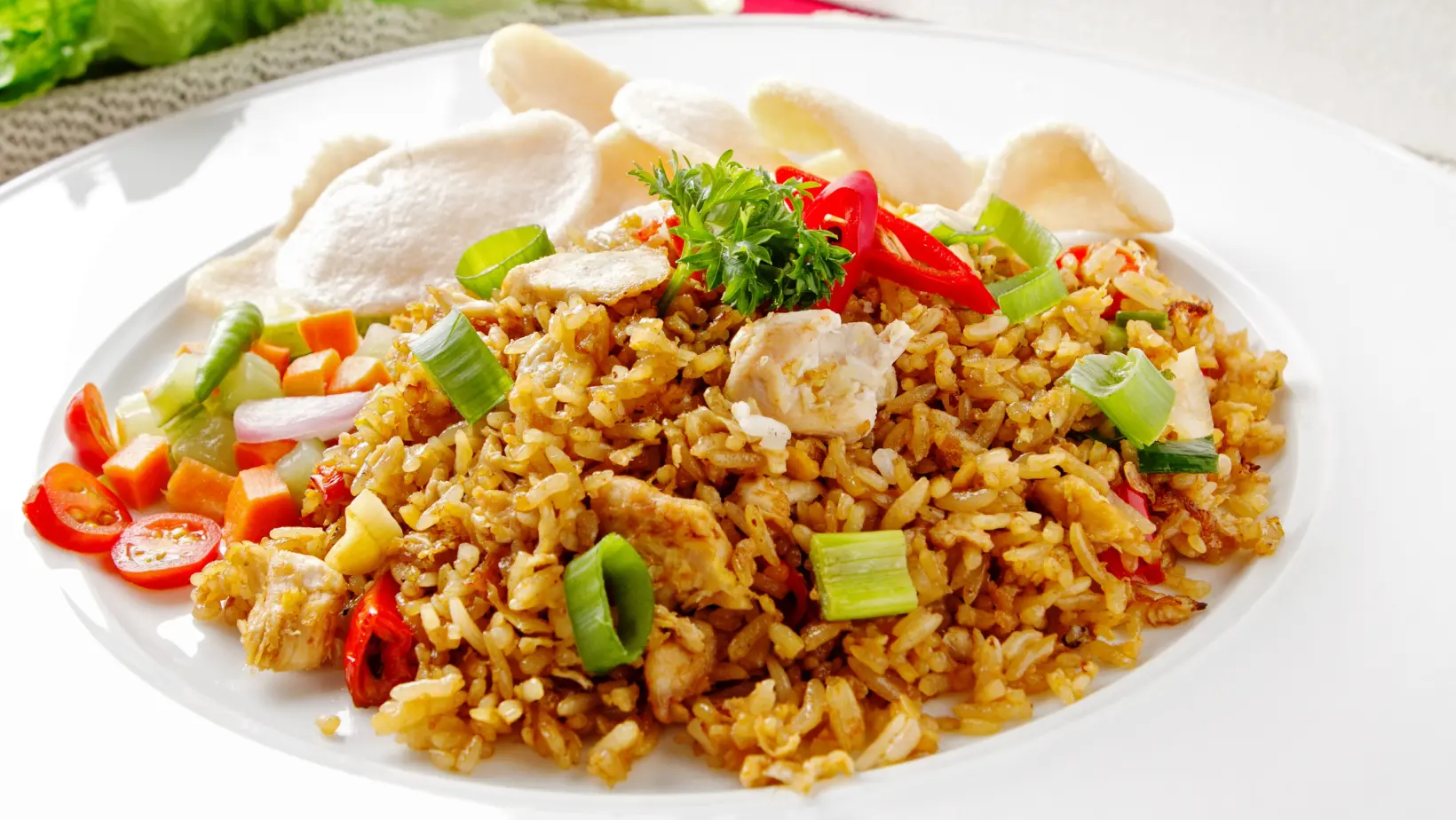Fried rice is a delicious and versatile dish that has captured the hearts (and stomachs) of people worldwide. But if you’re following a gluten-free diet or managing celiac disease, you may find yourself asking: Is fried rice gluten-free? The answer largely depends on the ingredients and how it’s prepared. Let’s explore everything you need to know about making and enjoying fried rice safely.
What Makes Fried Rice Gluten-Free?
At its core, fried rice consists of cooked rice, a naturally gluten-free grain, along with other simple ingredients like vegetables, eggs, and cooking oil. However, the addition of certain seasonings and sauces can introduce gluten to the dish, making it unsafe for those with gluten sensitivities.
Common Risks of Gluten in Fried Rice
- Soy Sauce: Most soy sauces contain wheat and are not gluten-free. Substitute with tamari or coconut aminos.
- Marinated Proteins: Meat, seafood, or tofu may be marinated in gluten-containing sauces.
- Seasoning Mixes: Pre-packaged spice blends often include hidden gluten.
For those cooking at home, using certified gluten-free products is essential. Explore recipes like this guide to making fried rice gluten-free for detailed preparation tips.
Understanding Cross-Contamination
While rice itself is gluten-free, cross-contamination can occur during harvesting, processing, or cooking. This is especially true when shared equipment, such as cutting boards or woks, is used for both gluten-free and regular meals.
To avoid cross-contamination:
- Cook at Home: Use separate cookware and utensils for gluten-free dishes.
- Choose Certified Gluten-Free Rice: Brands like Lundberg Family Farms process their rice in dedicated facilities to minimize contamination risks.
- Be Careful Dining Out: When ordering fried rice at restaurants, ask about their cooking methods and confirm the use of gluten-free ingredients.
Ingredients to Use and Avoid in Fried Rice
Gluten-Free Ingredients
- Rice: White rice, brown rice, Jasmine rice, and sticky rice are all naturally gluten-free.
- Vegetables: Fresh produce like carrots, peas, and onions.
- Proteins: Plain eggs, chicken, shrimp, or beef without marinades.
- Cooking Oils: Sesame oil, olive oil, or vegetable oil.
Potential Sources of Gluten
- Soy Sauce and Other Asian Sauces: Unless labeled gluten-free, these often contain wheat.
- Seasoning Mixes: Pre-blended spices or flavor enhancers.
- Marinated or Breaded Foods: Check the ingredients list for hidden gluten.
Pair your fried rice with gluten-free dishes like these lemon bars for a complete, satisfying meal.
How to Make Fried Rice Gluten-Free
Follow these simple steps to enjoy a worry-free, homemade version of fried rice:
- Start with Certified Gluten-Free Rice: Opt for trusted brands like Minute Rice or Lundberg Family Farms.
- Choose Gluten-Free Sauces: Tamari and coconut aminos are excellent substitutes for traditional soy sauce.
- Verify All Ingredients: Read labels carefully, especially for pre-packaged items like seasoning packets.
- Avoid Cross-Contamination: Use separate cookware, cutting boards, and utensils for gluten-free cooking.
For a step-by-step recipe, check out this easy gluten-free fried rice guide.
FAQs About Fried Rice and Gluten-Free Diets
Is rice naturally gluten-free?
Yes, all types of rice are naturally gluten-free. However, cross-contamination during processing or cooking can make it unsafe.
Can I eat fried rice at a restaurant?
It depends. Many restaurants use soy sauce that contains wheat, and cross-contamination is common. Always inquire about preparation methods and request plain steamed rice if in doubt.
Are there gluten-free alternatives to soy sauce?
Yes, tamari and coconut aminos are excellent gluten-free substitutes.
Additional Resources and Recipes
Looking to expand your gluten-free cooking skills? Explore these related recipes and tips:
- How to make fried rice gluten-free
- Trusted gluten-free rice brands
- Delicious gluten-free lemon bars recipe
For more guidance on managing a gluten-free diet, visit the Celiac Disease Foundation for trusted advice and resources.
Conclusion
Fried rice can be a safe and satisfying dish for those following a gluten-free lifestyle, but it requires careful attention to ingredients and preparation. By using certified gluten-free products, avoiding cross-contamination, and exploring safe alternatives like tamari and coconut aminos, you can enjoy this classic dish with confidence.
Whether you’re cooking at home or dining out, a little vigilance goes a long way in ensuring your fried rice remains both safe and delicious.

